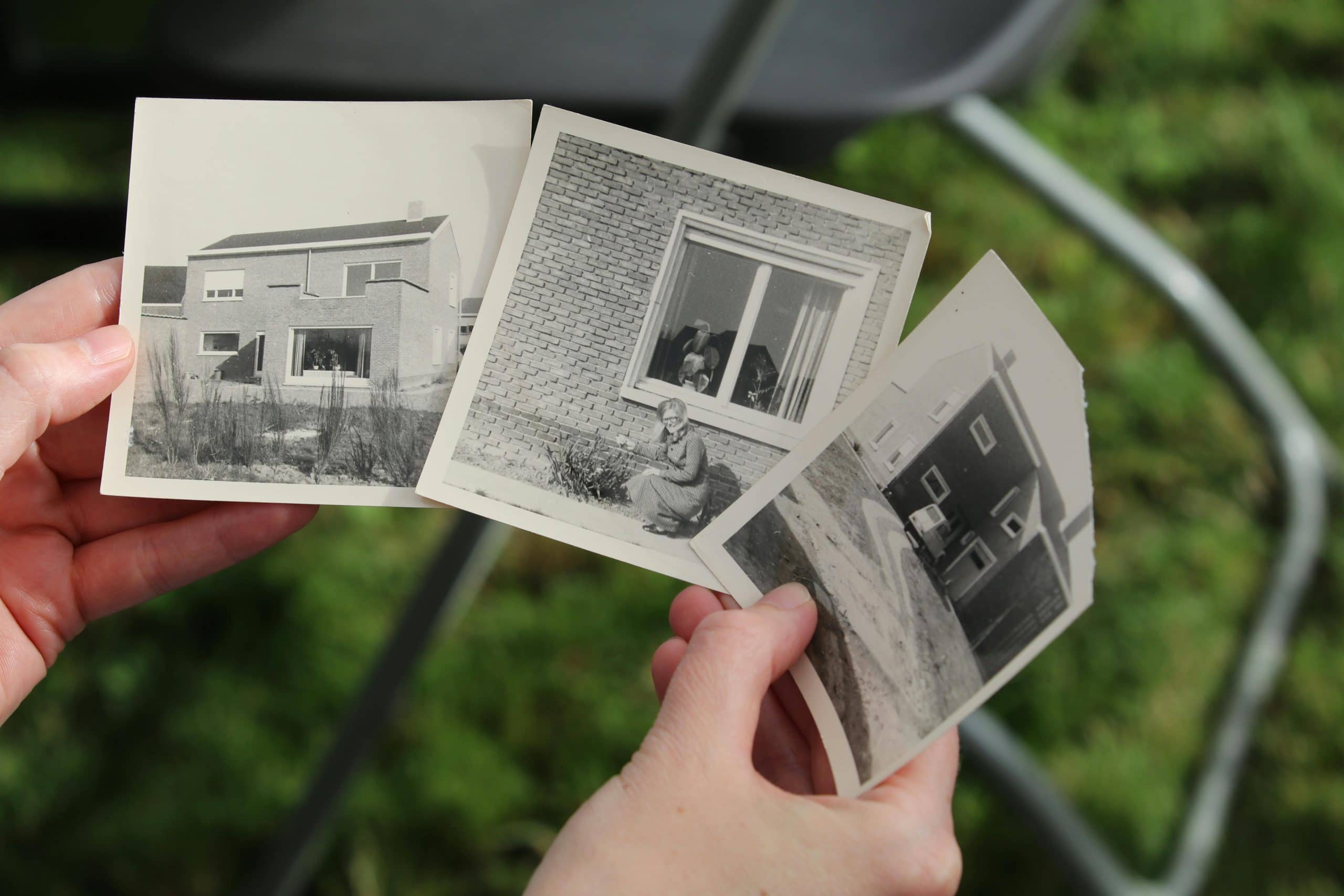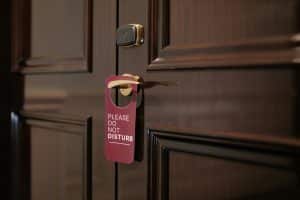3D-Printed Housing: Cheaper Builds or Structural Time Bombs?
As technology continues to advance, the construction industry is not immune to its effects. One of the latest innovations to emerge is 3D-printed housing, which promises to revolutionize the way we build homes. Proponents of this new construction method claim that it is not only cheaper, but also faster and more efficient than traditional building techniques. However, with any new technology, there are always concerns about its safety and long-term viability. In this article, we will dive into the world of 3D-printed housing and explore the question: Is it a cheaper and easier way to build homes, or are we creating structural time bombs?
The Promise of 3D-Printed Housing
The concept of 3D-printed housing is relatively simple. It involves using a machine known as a 3D printer to create buildings and structures layer by layer. This process allows for greater precision and can significantly reduce the time and labor costs associated with traditional construction methods. Additionally, 3D printing can utilize a variety of materials, including concrete, plastic, and even recycled materials, making it a sustainable and eco-friendly option.
Cost Savings
One of the most significant selling points of 3D-printed housing is its potential cost savings. Proponents claim that it is significantly cheaper than traditional construction methods because it eliminates the need for skilled labor and reduces overall build time. In fact, in some cases, it has been reported that 3D-printed homes can be built for a fraction of the cost of a traditionally constructed home.
Speed and Efficiency
Along with cost savings, 3D printing offers a remarkably fast and efficient construction process. By cutting out the need for manual labor, 3D printing can dramatically reduce build time, with some homes being constructed in as little as 24 hours. This speed and efficiency also lead to less waste, as the 3D printer only uses the necessary materials, creating a more sustainable building process.
The Concerns Surrounding 3D-Printed Housing
Although there is a lot of hype surrounding 3D-printed housing, it is not without its concerns. One of the most significant issues is the long-term structural integrity of these homes. While 3D-printed homes have not been around long enough to determine their longevity, some experts have raised concerns about the strength and durability of these structures.
Material Limitations
One of the main concerns is the materials used in the 3D printing process. As mentioned earlier, 3D printing can use a variety of materials, and not all of them may be suitable for building homes that need to withstand harsh weather conditions or natural disasters. Additionally, the use of recycled materials may also lead to structural weaknesses that could compromise the safety of the home.
Inexperienced Design and Construction
Another concern is the lack of experienced designers and contractors specializing in 3D-printed housing. While traditional construction methods have been refined and tested over centuries, 3D printing is still a relatively new technology in the construction industry. This lack of experience and knowledge could potentially lead to design flaws or mistakes in the construction process, resulting in unsafe homes.
The Verdict: Cheaper Builds or Structural Time Bombs?
It is clear that 3D-printed housing has many promising advantages, including cost savings, speed, and sustainability. However, the concerns surrounding its long-term structural integrity cannot be ignored. As with any new technology, there are risks involved, and it is essential to proceed with caution when it comes to building homes that people will live in.
In conclusion, while 3D-printed housing has the potential to be a cheaper and more efficient way of building homes, it is crucial to address the concerns about its safety and long-term viability. As the technology continues to develop and improve, it is essential to prioritize thorough testing and research to ensure that we are not creating structural time bombs in the form of 3D-printed homes.










